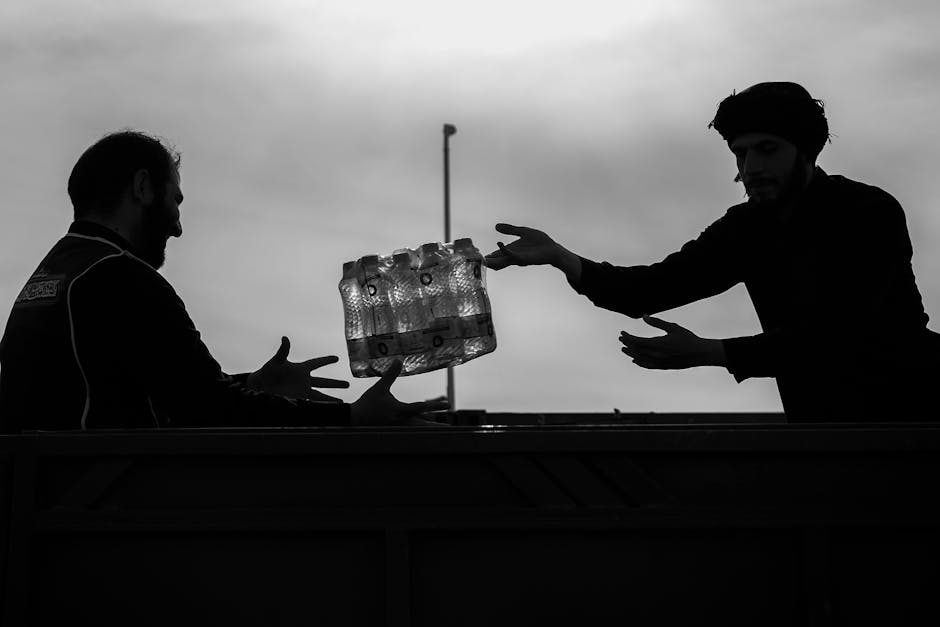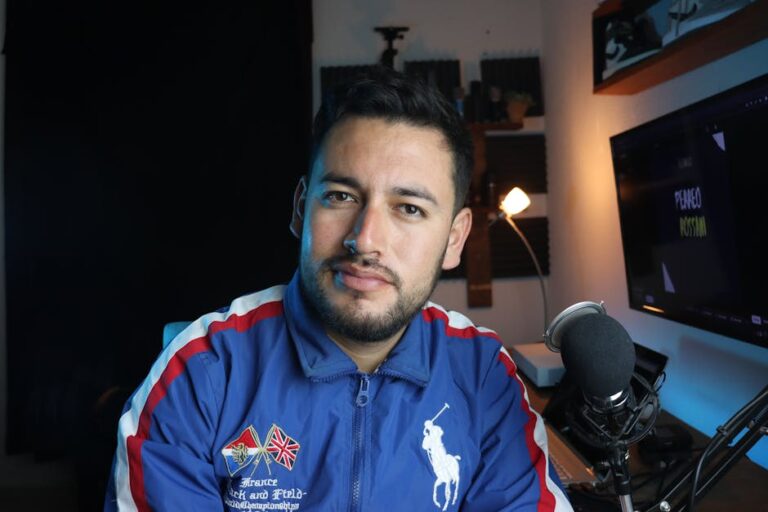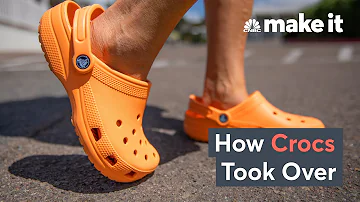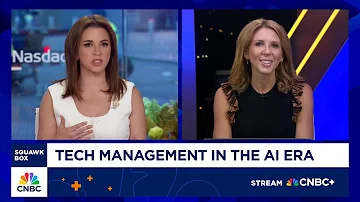From Heritage to Hype: How Stanley’s Viral Co-Creation Marketing Transformed a 110-Year-Old Brand into a $750 Million Icon
In a crowded market overflowing with hydration products, few stories captivate quite like Stanley’s. Founded in 1913 as a rugged, utilitarian brand for blue-collar workers and outdoor enthusiasts, Stanley has brilliantly reinvented itself for a new generation. The $45 Stanley Quencher tumbler isn’t just a water bottle—it’s become a cultural phenomenon and a legendary case study in viral marketing, influencer partnerships, and brand co-creation. In this article, you’ll discover exactly how Stanley skyrocketed from $70 million in annual revenue in 2019 to a projected $750 million in 2023—all by letting their customers help design the future.

Stanley’s Origins: Durable Roots and Steady Progress
A Legacy Forged in Steel (0:00–2:00)
Stanley’s story begins with innovation. In 1913, electrical engineer William Stanley Jr. patented the first steel vacuum-sealed bottle, a tough alternative to fragile glass. The Classic Legendary Bottle quickly became the insulated bottle of choice for workers, campers, and adventurers—its reputation built on reliability and ruggedness.
But for decades, Stanley’s marketing stuck to tradition. Their message: “a thermos bottle means more to you than a picnic—it’s some kind of tough thermos bottle.” The brand’s loyal, if niche, audience valued function over fashion.
Product Evolution: Slow but Steady
- 2007: Stanley ventured beyond bottles with their first flask.
- 2014: Barware line launches; a nod to lifestyle.
- 2016: The Stanley Quencher tumbler debuts—featuring a large handle and an innovative, cupholder-friendly shape.
Despite smart design, the Quencher failed to break out. Competitors like Hydro Flask and Yeti seemed to dominate the new wave of hydration hype.
The Turning Point: Co-Creation and Influencer Power (2:00–5:00)
Overlooked Potential and Unexpected Champions
The Quencher’s big break came from outside the company—a testament to the underestimated power of community advocates. Enter The Buy Guide, a group of lifestyle influencers and moms who saw something special in the tumbler. They raved about the Quencher’s features to their audience and even sent one to influencer Emily Maynard, who helped spark a viral wildfire.
- In 2019, The Buy Guide team personally bought 5,000 Quenchers, which sold out in just five days.
“We weren’t willing to let it go. There was nothing else with all the features we liked.” – The Buy Guide
Stanley, meanwhile, almost discontinued the product—until these passionate influencers proved its potential.
A New Era: Terence Reilly and the Rise of Co-Creation (5:00–7:00)
Leadership with a Viral Vision
Stanley’s fortune changed when Terence Reilly—the marketing mind behind Crocs’ revival—became Global President in May 2020. Reilly instantly recognized a new direction: co-creation with consumers and influencers.
Rather than dictating direction, Reilly empowered The Buy Guide to design new pastel Quencher colors and shape the product’s marketing. This wasn’t without friction; some in Stanley’s leadership resisted, fearing the loss of brand control. But Reilly was adamant—let the community help build the brand.
- The first co-created colors, released in November 2020, sold out within three weeks.
Actionable Lessons from Reilly’s Approach:
- Spot and support grassroots advocates who are already passionate about your product.
- Invite influential partners to co-create products and drive your message.
- Don’t fear change—even if it means evolving your brand tradition.
The Viral Tipping Point: Social Media & Scarcity (7:00–9:00)
TikTok-Fueled Demand and the Power of Scarcity
Social media, particularly TikTok, transformed the Stanley Quencher into a viral must-have. Young audiences showcased the tumbler’s features and aesthetics, fueling wildfire word-of-mouth. Stanley capitalized on this virality with clever scarcity tactics:
- Limited Edition Drops: New colors and collaborations (think Starbucks and Olay) drove massive FOMO-driven frenzies and instant sell-outs.
- Exclusive Retail Partnerships: These amplified the sense of urgency and exclusivity.
Listening and Innovating—Directly with Consumers
Stanley kept winning by evolving with customer feedback. In 2022, the company introduced the Quencher H2.0 Flow State Tumbler:
- Spill-proof lid
- Larger handle
- More colors and unique finishes
This customer-driven innovation paid off, pushing revenues from $402 million in 2022 to a projected $750 million in 2023.
Key Social Media & Scarcity Takeaways:
- Monitor trends and create for the platform: Respond quickly to what’s working on TikTok, Instagram, and beyond.
- Act on user feedback: Innovate with your fans, not just for them.
- Use strategic scarcity: Drive excitement and loyalty.
Beyond the Boom: Sustaining Growth and Relevance (9:00–10:41)
From Trend to Timeless: Building a Brand Franchise
How does Stanley avoid becoming just another viral fad? By treating the Quencher as a franchise, not a one-off hit. Through “Stanley Creates,” the brand offers ongoing customization, frequent new releases, and open communication with customers across multiple platforms. This reduces reliance on any single platform and deepens their relationship with fans.
“When you bring originality, legacy, and relevancy together, it’s unstoppable.” – Stanley leadership
What Marketers Should Take Away
- Co-creation and influencer partnerships can breathe new life into legacy brands.
- Social media virality is powerful, but sustainable growth depends on dialogue, ongoing innovation, and community engagement.
- Balance tradition and innovation to stay relevant today—and tomorrow.
FAQ: Inside Stanley’s Marketing Transformation
Q: What role did Terence Reilly play in Stanley’s success?
A: Reilly championed co-creation, giving influencers a say in product direction and launching game-changing partnerships.
Q: How did social media spark Stanley’s rise?
A: TikTok and Instagram unleashed the Quencher’s viral appeal, while scarcity marketing and smart collabs kept demand sky-high.
Q: Is the Quencher a passing fad?
A: Stanley’s heritage, product innovation, and multi-faceted marketing strategy point to lasting success—not just a fleeting trend.
Conclusion: Stanley’s Blueprint for Viral & Sustainable Brand Growth
Stanley’s journey from a 110-year-old heritage company to a $750 million lifestyle icon is proof that modern brands must let their fans lead. By embracing co-creation, cultivating powerful influencer partnerships, and relentlessly innovating based on customer feedback, Stanley built a roadmap for turning tradition into tomorrow’s trend.
Want more case studies like this? Subscribe to our newsletter for the latest viral marketing insights and actionable co-creation strategies!







